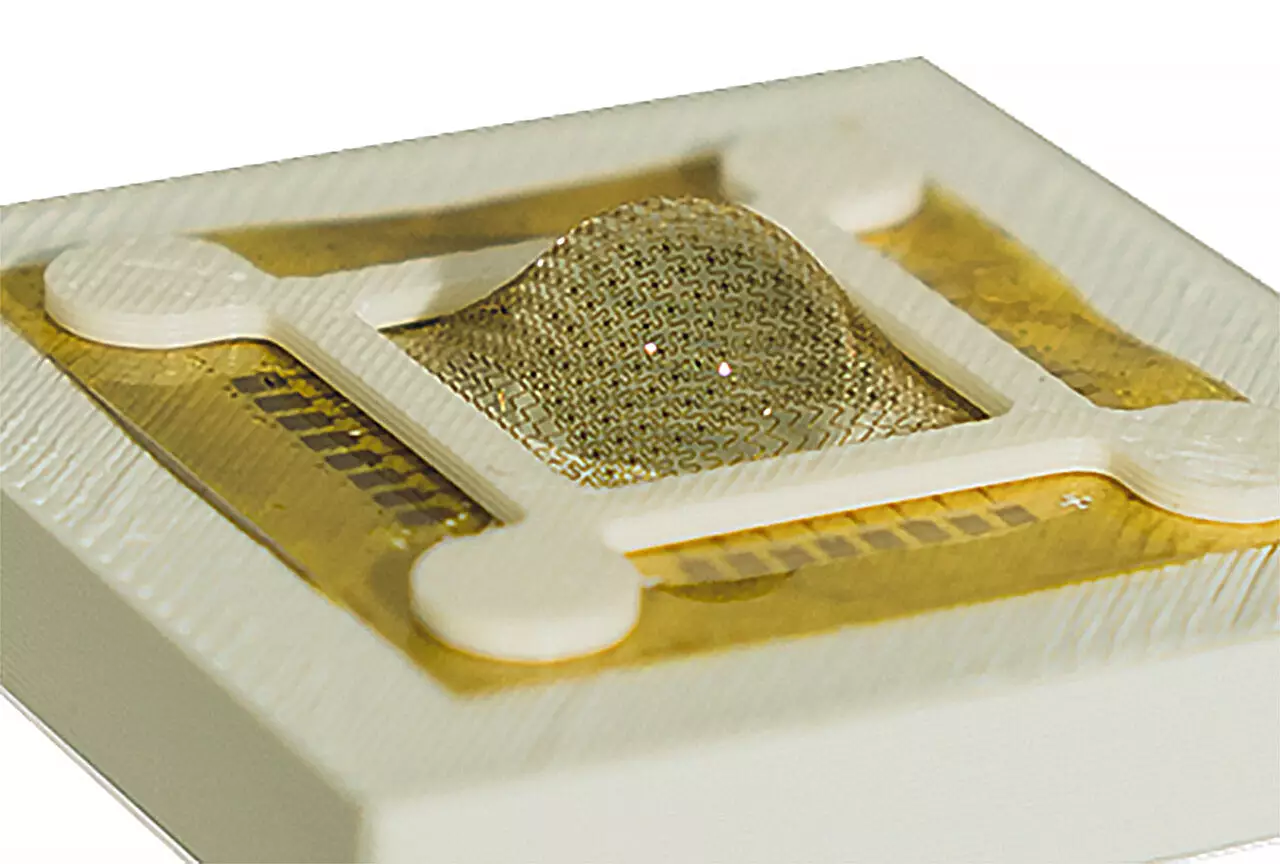Self-driving cars have made significant advancements in recent years, but they still face challenges when it comes to processing visual information accurately. The limitations in their visual systems can lead to occasional crashes, particularly when it comes to identifying static or slow-moving objects in a 3D space. This is where researchers at the University of Virginia School of Engineering and Applied Science have drawn inspiration from nature to develop artificial compound eyes that mimic the capabilities of a praying mantis’s eyes.
The praying mantis possesses a unique visual system that allows it to have binocular vision with depth perception in 3D space. By studying how the praying mantis’s eyes work, researchers have been able to replicate its biological capabilities through innovative optoelectrical engineering. The team has integrated microlenses and multiple photodiodes into their artificial compound eyes to produce an electrical current when exposed to light, similar to the biological mechanisms of the mantis’s eyes.
One of the key achievements of the team’s artificial compound eyes is the development of sensors in hemispherical geometry that provide a wide field of view and superior depth perception. By using flexible semiconductor materials and advanced algorithms, the system delivers precise spatial awareness in real-time, making it ideal for applications that interact with dynamic surroundings such as self-driving vehicles, drones, robotic assembly, surveillance systems, and smart home devices.
The integration of flexible semiconductor materials, conformal devices, in-sensor memory components, and unique post-processing algorithms has resulted in a reduction in power consumption by more than 400 times compared to traditional visual systems. Instead of relying on cloud computing for processing data, the artificial compound eyes developed by the team can process visual information in real-time, saving time, resources, and energy.
The approach taken by the researchers mirrors how insects perceive the world through visual cues, with a focus on identifying changes in the scene and encoding this information into smaller data sets for processing. By differentiating pixels between scenes to understand motion and spatial data, the artificial compound eyes can achieve a level of accuracy that traditional visual systems struggle to match.
The work done by the team at the University of Virginia represents a significant scientific breakthrough that could inspire other engineers and scientists to tackle complex visual processing challenges. By drawing inspiration from nature and integrating advanced materials and algorithms, the team has paved the way for the development of more efficient and accurate 3D spatiotemporal perception systems. The future of visual processing looks bright, thanks to biomimetic solutions like artificial compound eyes.


Leave a Reply